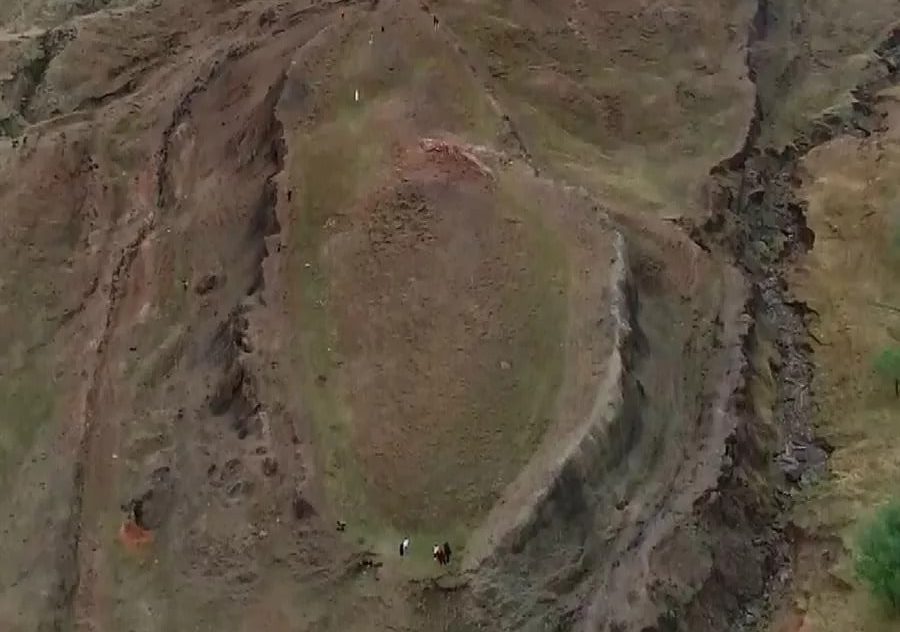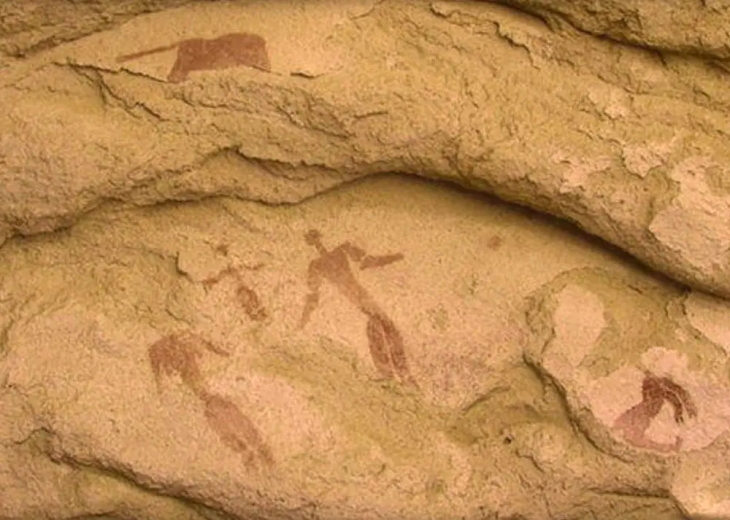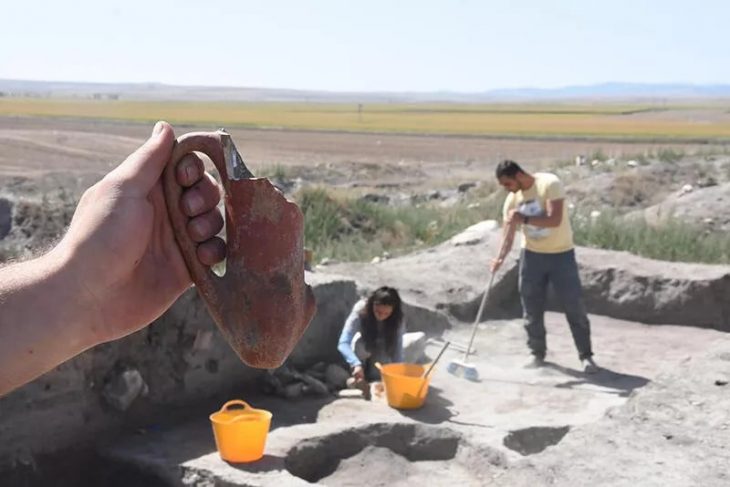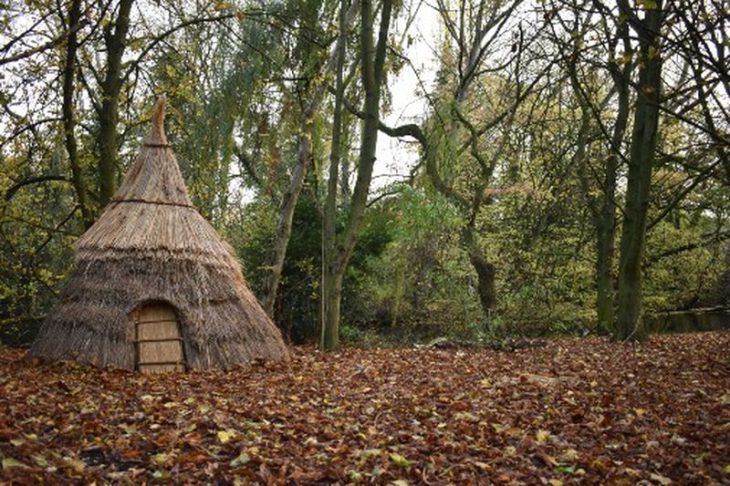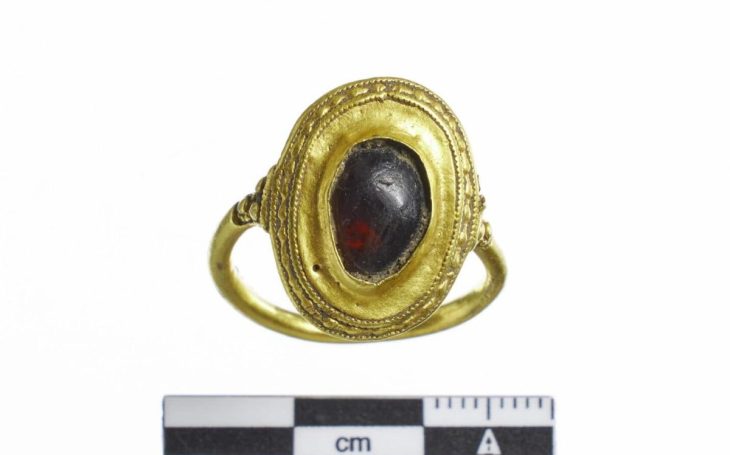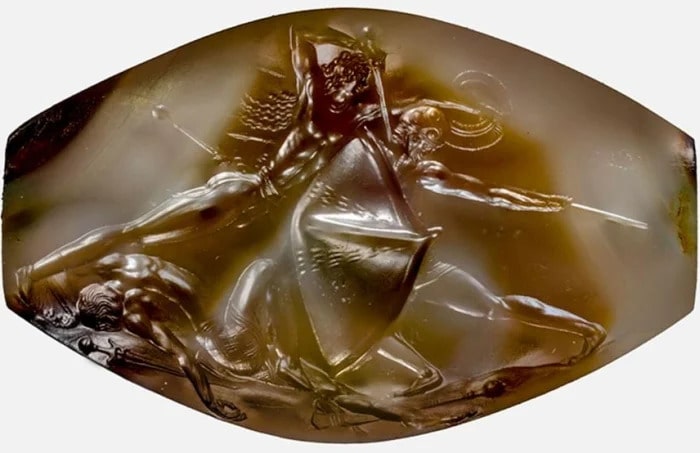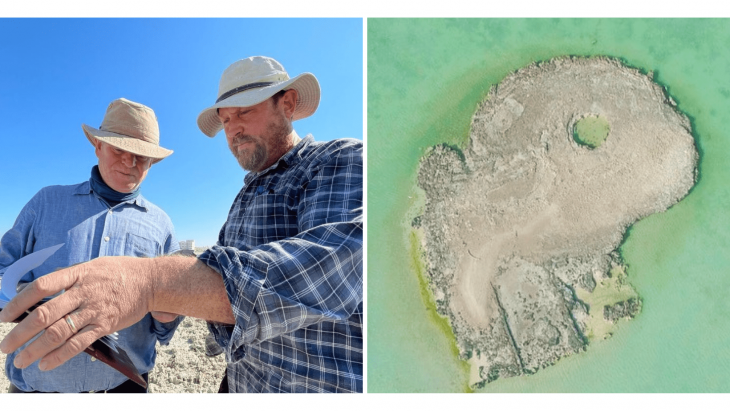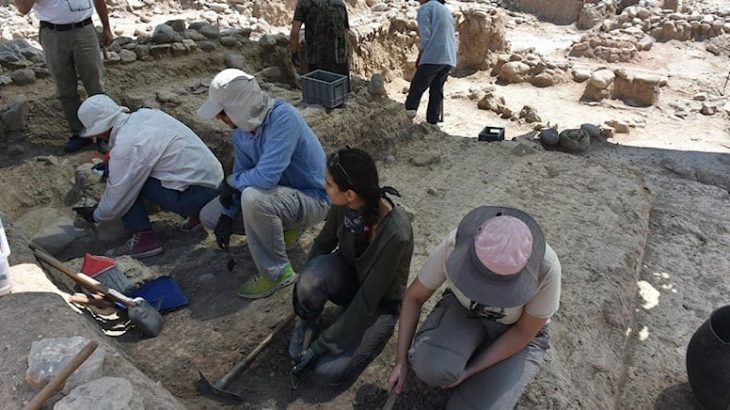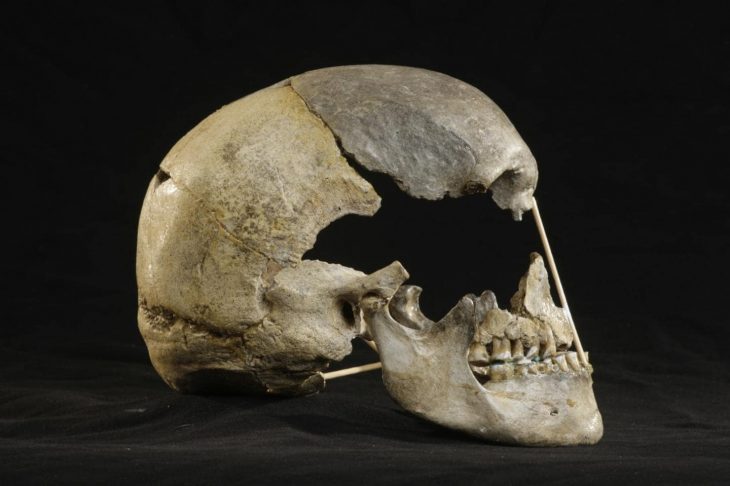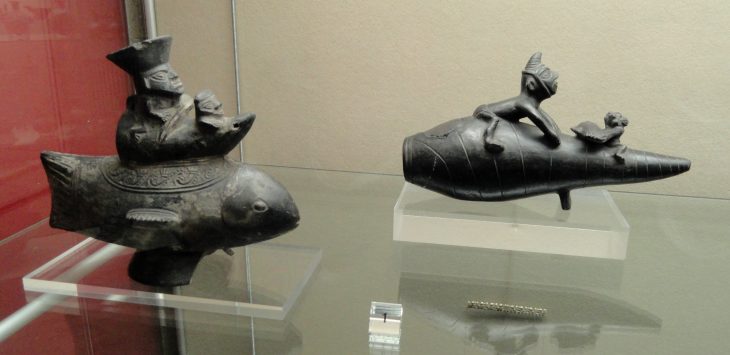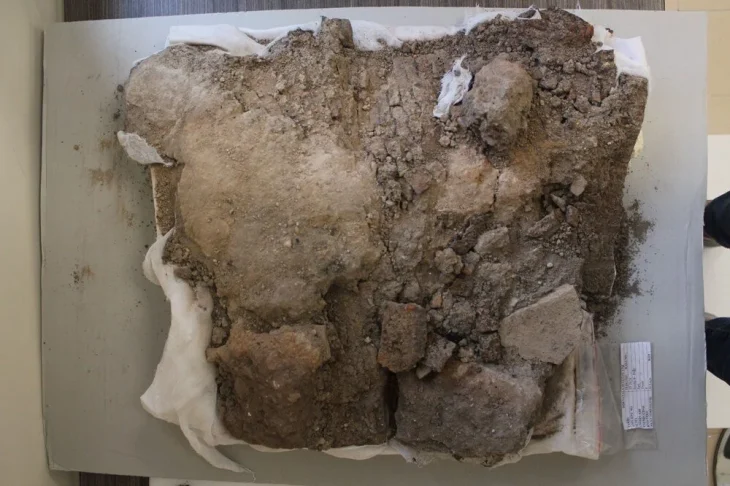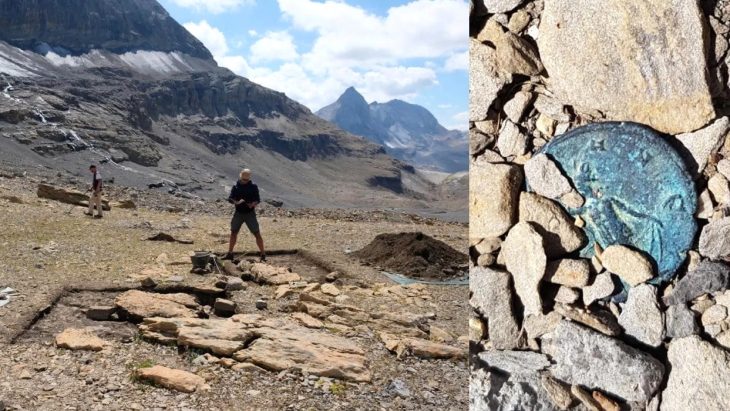A team from Istanbul Technical University (İTÜ) and Ağrı İbrahim Çeçen University (AİÇÜ) has started in the area where the remains of Noah’s Ark are believed to be located.
A large number of samples of soil and rock fragments taken from the field by the team, including geophysics, chemistry, and geoarchaeology experts, were sent to İTÜ’s laboratories for examination.
“Laboratory examinations of experts will probably be concluded after one and a half to two months. Based on these results, we will determine a roadmap,” said professor Faruk Kaya, the vice-rector of the AİÇÜ, which has been continuing its work in the field since 2003.
The remnants were first discovered by map engineer Capt. Ilhan Durupınar in 1959 during a reconnaissance flight to map the eastern Anatolia region.
The area is in danger as it is threatened by landslides and giant crevasses have already formed nearby. For that reason, the “Ağrı Mountain and Noah’s Ark Research Team” was formed with the cooperation between AIÇU and ITU for scientific research to be conducted on the ruins.
AIÇU Vice Rector Faruk Kaya said: “ITU is one of the most equipped universities in this regard. We formed a working group of academics from the university and they examined the natural structure between the villages of Telçeker and Üzengili, that is, the formation resembling the silhouette of Noah’s Ark.”
“The region has a very intense potential for faith tourism as most of the sources draw attention to Mt. Ağrı and its surroundings,” Kaya said.
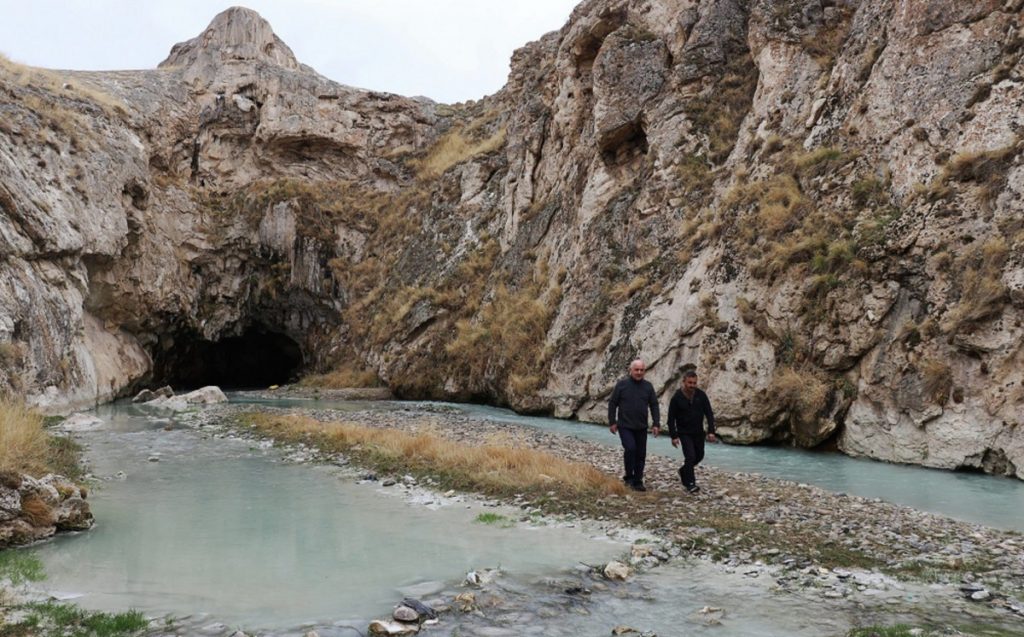
Europeans started the first studies in the area, Kara said, referring to Johann Jacob Friedrich Wilhelm Parrot climbing the mountain in search of the remains of Noah’s Ark in 1829.
“In 2008, a group of researchers from Hong Kong went to Mount Ararat. They found a cave here inside with some wood that they claimed to belong to Noah’s Ark, sharing it with the press. Of course, whether the wood they found belonged to Noah’s Ark is a controversial issue, but we think they were successful in terms of results. Back in Hong Kong, they built the Noah’s Ark Museum, which had over 7 million visitors. In economic terms, they put faith tourism into action there. Ağrı, which is one of the underdeveloped regions of our country, has serious potential in that sense. Our aim, as a university, is that if we can reveal this and turn this place into a faith tourism center, we think that the economy of Ağrı and our country will be seriously revived,” he added.
There are many myths concerning a great flood. The Epic of Gilgamesh, a Babylonian work, was the first to mention it. The Romans and Greeks had the legend of Deucalion and Pyrrha, who saved their children and animals by floating away in a giant box. The Hebrew book of Genesis is best known for telling the story of Noah, who found grace in the eyes of the Lord despite the fact that everything around him was wicked. When Noah was warned of an impending flood, he built a massive “ark” to house his family and all the animals in pairs. Noah survived when everyone else died. According to legend, his ark came to rest on the slopes of Mount Ağrı in Turkey.

